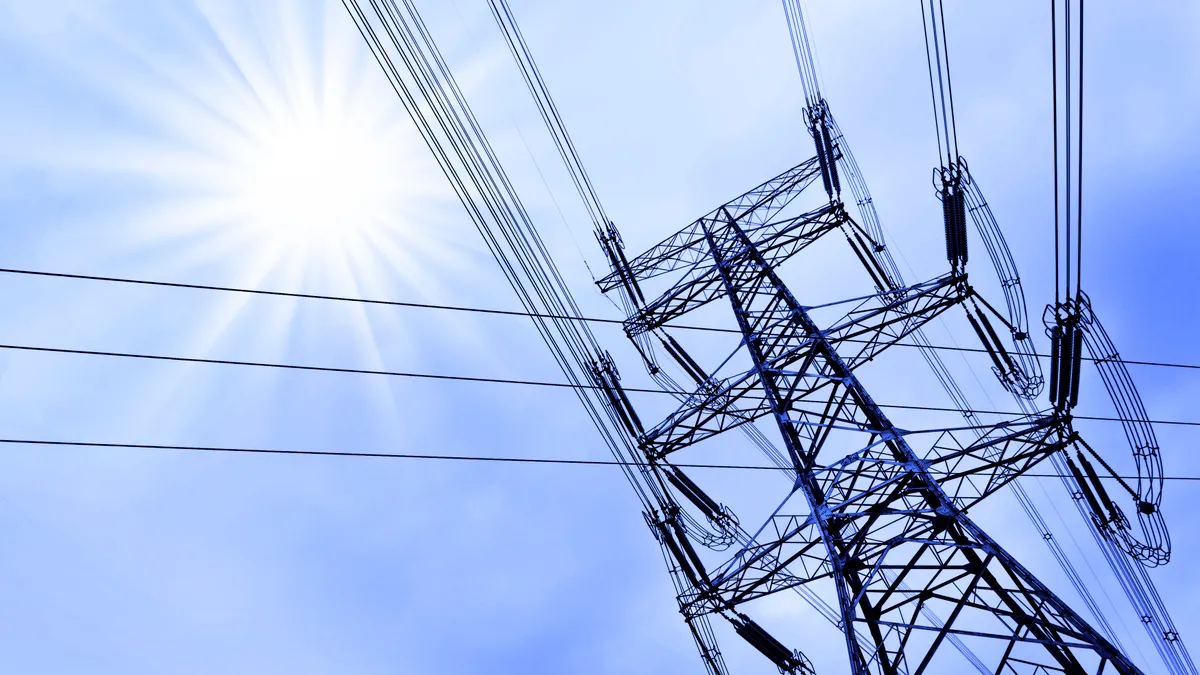The Federal Energy Regulatory Commission’s recently issued interconnection rule is a first step in reforming the interconnection process that establishes a baseline for transmission providers but won’t solve its fundamental problems, FERC Commissioner Allison Clements said Thursday.
FERC’s efforts to bolster the grid through interconnection and transmission reforms come as the Department of Energy’s just-released grid assessment finds that the United States needs 20% to 128% more regional transmission capacity by 2035 and 25% to 412% more interregional transmission by 2035, Clements said during a meeting hosted by WIRES, a trade group for utilities, grid operators and other companies in the transmission sector.
DOE’s report found there has been a slowdown in transmission development since around 2015.
“The reality is, when we have these complex issues, you don't just solve it, like the good old days, with one rule,” Clements said. “This is going to be a series of steps.”
In a concurrence to FERC’s Order 2023, issued in late July, Clements outlined potential next steps to improve the interconnection process.
They include closely aligning the interconnection process with transmission planning, Clements said Thursday.
In the near-term, grid enhancing technologies offer opportunities to make quick, relatively inexpensive upgrades to the transmission system, according to Clements.
Looking ahead, FERC is working to issue a rule revamping its requirements for transmission planning and cost allocation.
There is significant support in comments on FERC’s transmission proposal to require long-term, scenario-based transmission planning, according to Clements.
The proposal lists a dozen benefits, such as deferred generation capacity investments and access to lower-cost generation, that transmission planners could use when assessing the benefits of possible power lines, but there is a lot of support for requiring them to use various benefit metrics, Clements said.
“So I'm asking myself, how might we formulate a final rule that requires some set of benefits that most people are considering anyways, but allow for flexibility for those utilities and regions for taking a broader set of benefits into account,” she said.
On the issue of deciding who pays for transmission expansion, Clements said she was worried about single-state vetoes of projects. “I've seen a lot of support in the record for ensuring that we have some sort of default mechanism for how we pay for the regional projects that are needed in the instance that states don't come to an agreement,” she said.
The need for interregional transmission — “the prize at the end of the rainbow” — has never been more obvious, Clements said.
After FERC’s pending proposed rule on transmission planning, addressing interregional transmission may be the agency’s next most important issue, former FERC Chairman Richard Glick said during a separate panel at the WIRES meeting.
The number one need the United States has for addressing grid reliability risks is increased interregional transmission capacity, according to Jeff Dennis, deputy director for transmission development at the Department of Energy’s Grid Deployment Office.
“Where you really see that providing a huge benefit and resolving a huge need is in extreme weather scenarios,” he said.















